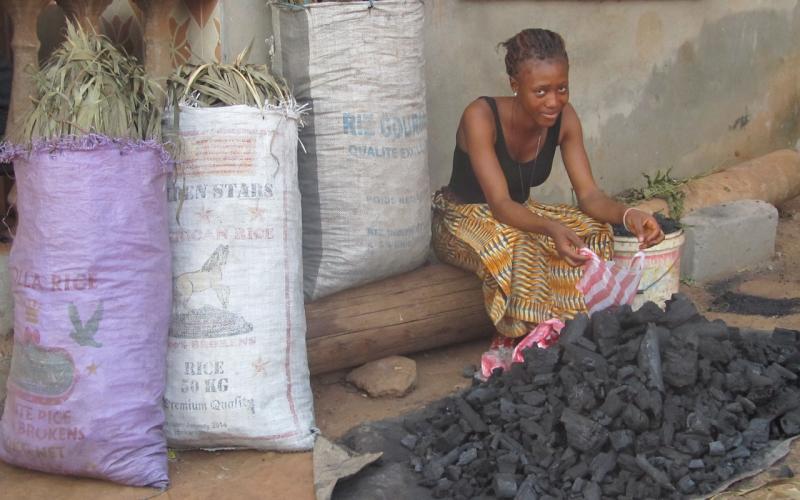
Among the myriad reasons women struggle to start their own businesses in the developing world, access to credit is arguably the most pervasive. Unlike their male peers, women face unique challenges from institutions and from the inherent nature of owning a business as a female.
Barriers from the lenders:
As outlined in research by Goldman Sachs(1), multiple attributes of women-owned small - and medium-sized enterprises (SMEs) tend to make them unattractive loan candidates. They usually have a very spotty or non-existent credit history, missing financial statements, minimal savings and less predictable profitability.Their smaller scale may also play a role in how they are viewed by lenders, as banks must pay administrative fees which can make the cost of making a small loan not worth their while.
The absence of collateral is another reason institutions often deny loans to women. Due to gender bias in many developing countries, women own fewer assets and have fewer savings. In Kenya for example, a plot of land mainly inherited rather than purchased outright due to the expense and typically only passed down to male family members.
Banks also tend to refrain from lending to women due to a lack of information on female credit risk. In lieu of market data on the default probability of women-owned businesses, they use more traditional credit scoring models that draw on credit history and collateral to gauge reliability, which are the exact areas where women-owned business fall short.
In addition to skewed metrics, an unfair stigma exists that women-owned SMEs are not credit-worthy and banks will often avoid giving money to women under the assumption it is too risky. Basic gender bias exists as well, especially in more chauvinistic countries.
Barriers from the borrowing side:
It is not just the lenders however that make credit difficult to obtain. Female borrowers themselves may not pursue financing in the first place due to the costs of loans. Because many banks may deem women less credit worthy, they will often charge higher interest, require a higher share of the loan to be collateralized and keep terms short. So while capital is still available in certain cases, it often comes at a prohibitive price.
As reported in Goldman Sach’s research, according to the IFC Enterprise Finance Gap Database, women-owned SMEs have higher loan rejection rates than male-owned ones, with the disparity sometimes greater than double in certain countries, such as India.
Another contributing factor to Women seeking loans less frequently is their tendency to be more risk-averse and fearful of rejection than their male counterparts. Because it is common knowledge banks do not easily lend to women, many will not even attempt to obtain one or be willing to take on debt with such high costs. Lacking basic education and training can also discourage women from applying for financing as the process may appear too onerous and confusing.
Given the complexity of credit availability, a tremendous opportunity exists for microfinance to make a difference. How big of a difference? The IFC estimates that approximately 70% of the women-owned SMEs in developing countries are either unserved or underserved by financial institutions, resulting in a $258 billion credit gap. Such a chasm leaves little room for doubt that efforts to even the playing field will improve lives of women worldwide.
References:
(1) Goldman Sachs (2014) 'Giving Credit Where It Is Due: How closing the credit gap for women-owned SMEs can drive global growth'

